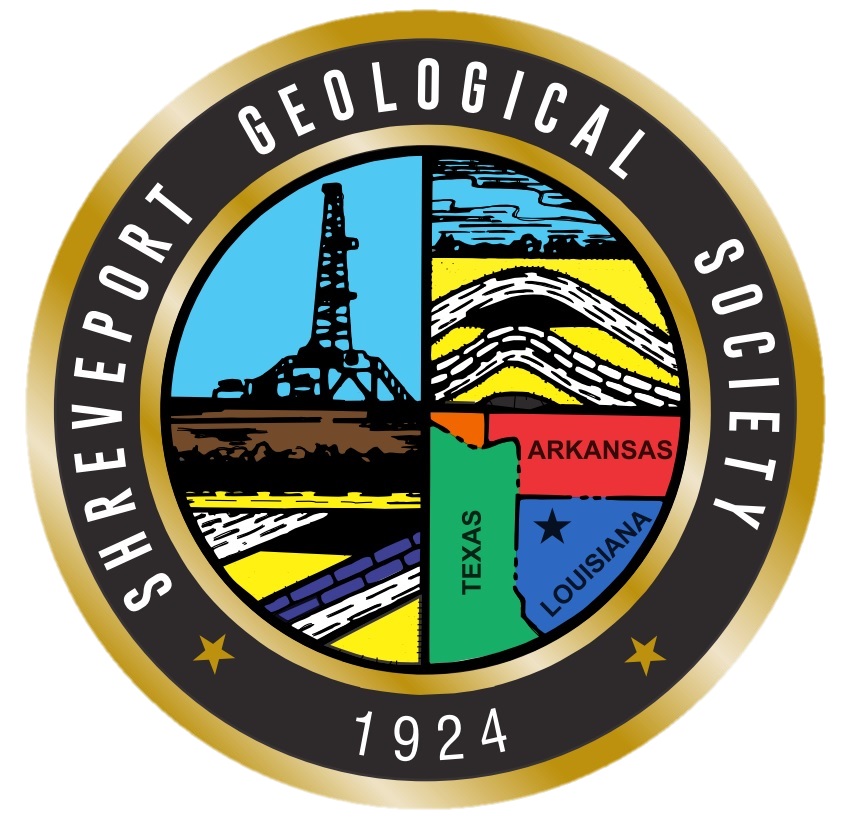February 16, a FRIDAY
9 a.m. – 1 p.m.
Cascades Country Club
Reservoir Characterization for Mudrock Reservoirs
Stephen A. Sonnenberg
Colorado School of Mines
Cost: $60 (lunch included)
Attend Lunch Only: $20
Who should attend?
Geologists, geophysicists, & engineers who are interested in exploring and developing resources in mudrock formations. The course is intended to be an overview of various successful and unsuccessful mudrock systems.
Course Description:
This course is an introduction to mudrock resource plays. A wide range of topics will be covered to familiarize the participant with the important nuances of both successful and unsuccessful mudrock plays. The petroleum system approach will be used. A key emphasis of this course will be to show the important elements and processes for continuous oil and gas accumulations. The participant will learn screening techniques (check list) which may help identify continuous types of accumulations.
Learning Outcomes:
- What exactly is a mudrock?
- Understand factors related to tight oil & gas mudrock production
- Recognize technologies available for tight reservoirs
- Determine if a pervasive hydrocarbon exists
- Determine the type of source rocks present and maturity
- Use geological and geochemical reconnaissance
- Mudstone facies
- Reservoir characterization for Mudrock Reservoirs
- Mudrock sequence stratigraphy
- Understand the importance of mechanical stratigraphy
- Matrix porosity and permeability
- Fracture porosity and permeability
- Reservoir drive mechanisms
- Discuss various tools and techniques for reservoir characterization
- Mudrocks examples
“UNCONVENTIONAL TIGHT PETROLEUM SYSTEMS: OIL AND GAS”
STEVE SONNENBERG, CSM
LARRY MECKEL, CSM
The driving forces for conventional accumulations (structural or stratigraphic traps) are Forces of Buoyancy which are due to differences in densities of hydrocarbons and water. In contrast, the driving forces for unconventional tight accumulations are Forces of Expulsion which are produced by high pressures. That is an enormous difference and creates unconventional petroleum systems that are characterized by very different and distinctive characteristics.
The Force of Expulsion pressures are created by the significant increase in volume when any of the three main kerogen types are converted to hydrocarbons. At those conversion times in the burial history, the rocks are already sufficiently tight so the large volumes of generated hydrocarbons cannot efficiently escape through the existing tight pore system thus creating a permeability bottleneck that produces an overpressured compartment over a large area corresponding to the proper thermal oil and gas maturities for that basin. The forces initially created in these source rocks can only go limited distances into adjacent tight reservoirs (clastics or carbonates) above or below the source. The exact distance will vary depending on the pressure increase, matrix permeability, and fractures of that specific tight reservoir system. In general, the distances are small, in the orders of 10s to 100s of feet for oil and larger for more mobile gas systems. Those exact distance numbers are subject to ongoing investigations.
A plot of the pressure data versus elevation for a given formation is critical in determining whether an accumulation is conventional or unconventional. Conventional accumulations will have hydrocarbon columns of 10s to 100s of feet with the pressure in the hydrocarbons and that in the water equal at the bottom of the accumulation (at the HC-water contact). In contrast, the unconventional accumulations will show HC column heights of 1000s of feet with the pressure in the hydrocarbon phase and the water phase being the same at the top of the accumulation (at the updip transition zone). Those significant differences are critical for understanding and differentiating these two play types.
Because the system is a pore throat bottleneck with very little or minimum lateral migration, the type of hydrocarbons are closely tied to the thermal maturity required to generate those hydrocarbons. Thus the play concept begins with two important geochemical considerations: (1) where are the source rocks and what are the kerogen types and organic richness (TOC), and (2) where are they mature in the basin for oil, condensate, and gas in the basin. These parameters will very quickly define the fairway for the play. Then one has to add the critical information on the reservoirs themselves: composition (brittleness), thickness, and reservoir quality (matrix porosity and permeability).
In summary, these tight unconventional petroleum systems (1) are dynamic and (2) create a regionally inverted petroleum system with water over oil over condensate over gas for source rocks with Type I or II kerogen types.
BIOGRAPHY
Dr. Stephen A. Sonnenberg is a Professor and holds the Charles Boettcher Distinguished Chair in Petroleum Geology at the Colorado School of Mines. He specializes in unconventional reservoirs, sequence stratigraphy, tectonic influence on sedimentation, and petroleum geology. A native of Billings, Montana, Sonnenberg received BS and MS degrees in geology from Texas A&M University and a Ph.D. degree in geology from the Colorado School of Mines. He has over twenty-five years experience in the industry.
Steve has served as President of several organizations including the American Association of Petroleum Geologists, Rocky Mountain Association of Geologists, and Colorado Scientific Society. He also served on the Colorado Oil and Gas Conservation Commission from 1997-2003 and was the Chair of the Commission from 1999-2003.
He is the recipient of the Young Alumnus Award, Outstanding Alumnus Award, and Mines Medal from the Colorado School of Mines, Distinguished Achievement Medal from Texas A&M University, distinguished service awards from AAPG and RMAG, and honorary membership awards from AAPG, RMAG and the Colorado Scientific Society. In 2013, he was awarded the Halbouty Medal from AAPG.






































